The weather outside is frightful, but forget that delightful fire: when the temperature drops, it’s time to head outside. A naturalist can find interesting critters at any season, but I’ve always found winter adventures to be some of the best (and most family friendly).
In colder climes, the lack of tree cover and a white snowy backdrop makes finding birds and other wildlife easier—even in cities and suburbs. So pull on some warm clothes, grab your field guide and binoculars, and head outside.
Here are ten of my favorite winter wildlife activities:
-
Go Owling.

Normally found in Canada, this Northern Hawk Owl entertained bird watchers from all over Idaho by visiting the state. Unlike most Idaho owls they hunt during the day. Photo © Ken Miracle It’s quite simply the best time of year to observe owls – many species of these charismatic birds are at their most visible, and active. Snowy owl irruptions occur every few years, sending them far south of their arctic homes. They’ll be in farm fields, vacant lots, airport runways – anywhere there’s open space and some rodents.
Other northern owl species will occasionally show up farther south. Last year, a northern hawk owl spent the winter in a Hailey, Idaho neighborhood. It was my then two-month old son’s first bird expedition, and birders from around the region showed up to enjoy the show (which lasted for three months). Resources like eBird and local Facebook birding groups can keep you apprised of any rarities. There are a variety of bird species beyond owls that might show up on a snowy winter afternoon.
And even if the vagrants don’t show up, great-horned owls are one of the most adaptable and charismatic birds. They’re setting up their nesting territories—and hooting up the neighborhood. You can often see them at dusk, silently ghosting over a field.
-
Find Raptor and Grouse “Snow Angels.”
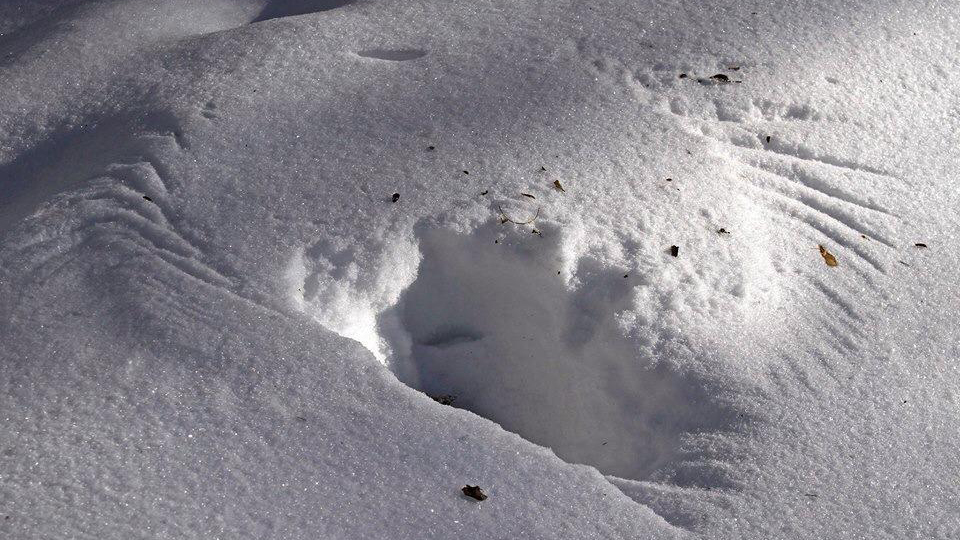
Raptor snow angel. Photo © USFWS/Flickr through a Creative Commons license Winter is also a great time of year to spot hawks and falcons, often hunting from a telephone pole, fence post or bare tree. But can you find where one made a snow angel?
That’s right, a snow angel. When a raptor makes a kill on powdery snow, it often leaves a dramatic wing print – a sign of bloody struggle, yes, but also quite beautiful.
A related activity is to find a ruffed grouse’s “snow cave.” To protect themselves in the winter, grouse often live in a version of an igloo. Sometimes they make these igloos by plunging from the air into a snow bank…leaving behind their own versions of avian snow angels.
-
Stake Out a Carcass.
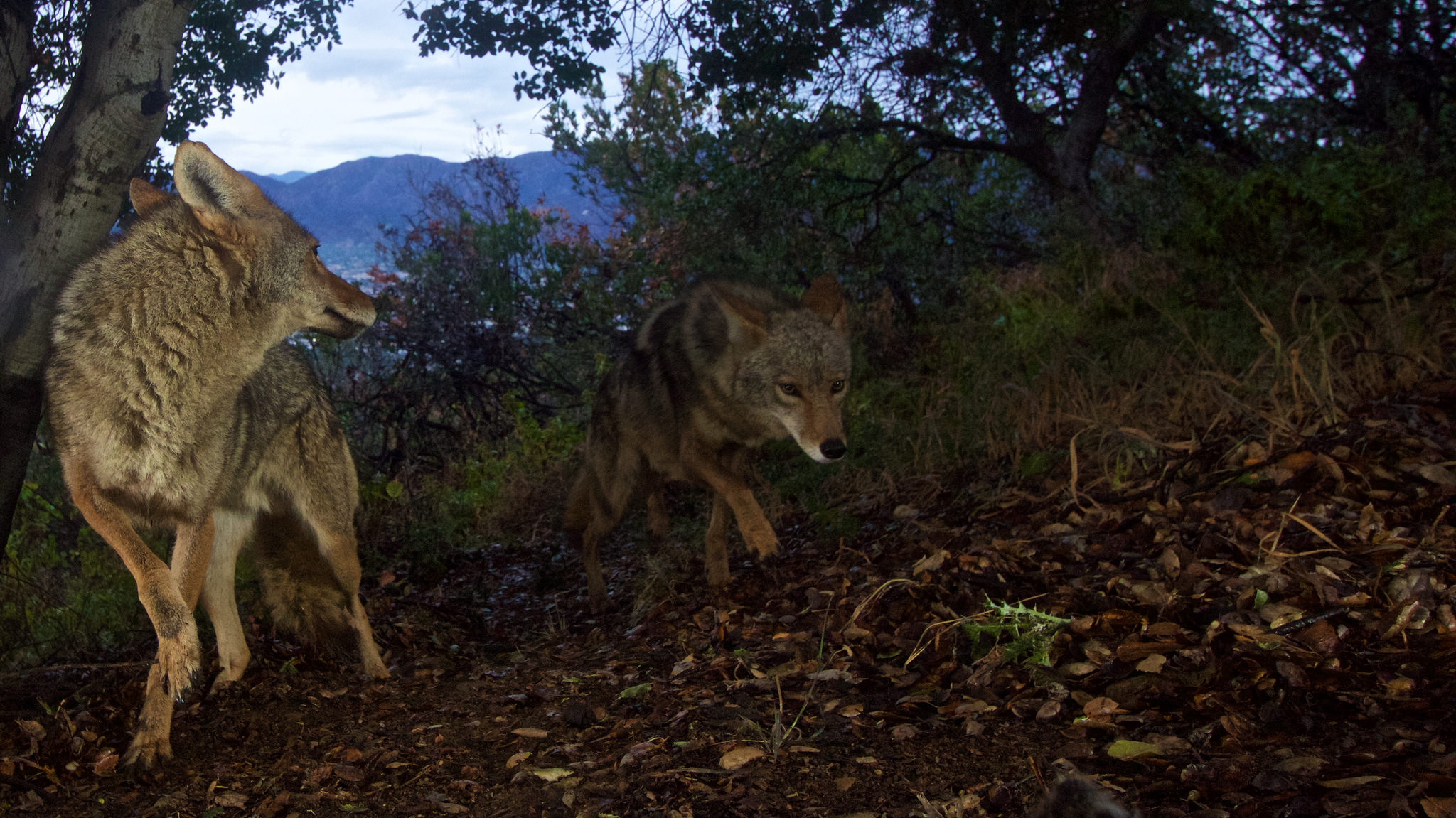
A biologist at Griffith Park in CA set a motion-triggered camera on a mountain lion’s deer kill. The lion didn’t return, but two bobcats and two coyotes finished off the meal. Photo © National Park Service/Flickr through a Creative Commons license Winter is not a kind season for deer, and it is not unusual to find a dead one in a snow drift. But one creature’s misfortune is another’s feast. To some, it may seem macabre. But it’s also one of the great shows in nature.
Hide nearby and, depending on where you live, you can see magpies, ravens, bald eagles (yes, they’re scavengers), coyotes, opossums and more. In wilder areas, you may even catch sight of an elusive predator like a fisher or a gray wolf.
Even common species like ravens are fascinating to watch on a kill (Read Bernd Heinrich’s Ravens in Winter for a long-running and famous study on their complex behavior).
And if you don’t want to hide for hours in the cold, there’s always a camera trap. You may not catch the images wildlife biologist Jonny Armstrong does by camera trapping carcasses, but one can dream.
-
Search the Open Water.

While photographing ducks these Swans suddenly took off. Trumpeter Swans taken 11-30-15 from the road high above Sullivan Lake at The Nature Conservancy’s Silver Creek Preserve. Photo © Ken Miracle As water freezes, waterfowl seeks out open water for food and protection. Warm springs, swift rivers and parts of lakes often remain open for much of the winter. And great flocks will crowd every available space: ducks and geese of many varieties, mergansers, the occasional bald eagle.
Look closely for an otter cavorting along the ice’s edge, or a muskrat collecting grass.
Seasoned wildlife photographers know a patch of open water can offer some of the best bird photography around. Hide in some reeds and enjoy the show.
-
Participate in a Citizen Science Project.
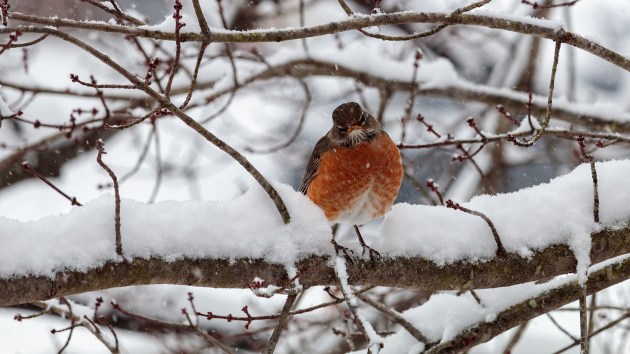
American robin in a snowstorm (and not looking very happy about it). © Cara Byington / TNC Spend your time outdoors and help conservation. Some of the world’s most popular citizen science projects take place in winter.
The Christmas Bird Count is arguably the largest birding event in the world – an annual census of birds in the Western Hemisphere. It has an interesting history: in the 19th century, people bet on how many different birds they could shoot over the holiday season.
Now, fortunately, it’s transformed into a birding event, with nearly 75,000 annual participants.
And that’s just a start. The Great Backyard Bird Count (in February) and FeederWatch (throughout the winter) are ways to count birds, and bird trends, for researchers in your own backyard or city park. Invasives experts encourage birders to keep an eye out for forest pests while they have their binoculars pointed to the trees.
I’ve conducted a weekly duck count along my neighborhood river, and collected sagebrush seeds so that land managers can restore degraded habitats.
-
Follow the Tracks.
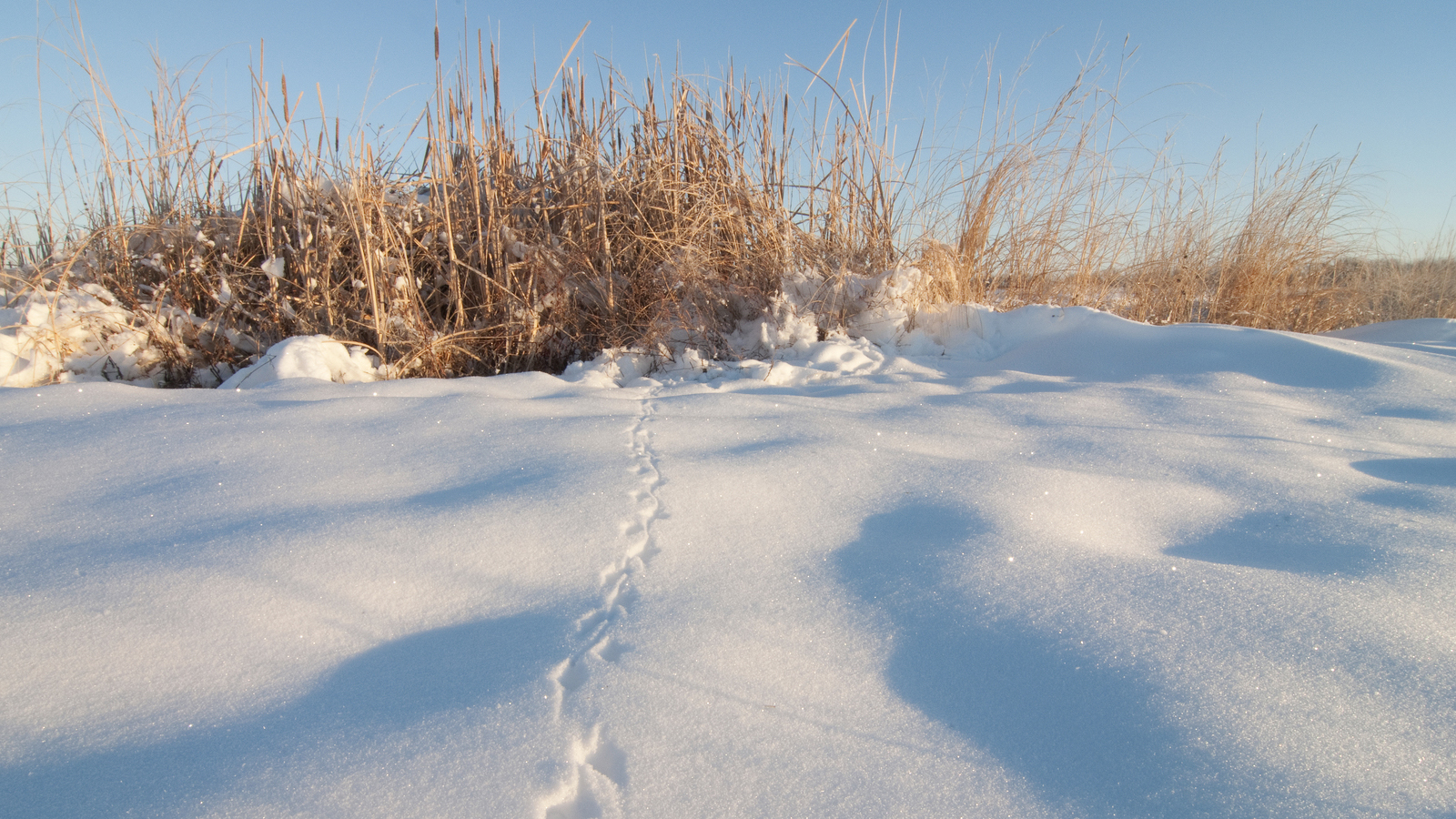
An icy morning at the Derr Sandpit Wetland Restoration. The Nature Conservancy’s Platte River Prairies, Nebraska. Photo © Chris Helzer/TNC A snowy evening transforms a seemingly quiet woods into a treasure hunt for kids. Tracking is the perfect way to young ones excited about the outdoors. And it’s easy. A trusty field guide like the venerable Peterson’s Field Guide to Animal Tracks will reveal what creatures passed in the snow and mud.
Some areas are better than others – I’ve found that areas near watercourses to be particularly well suited to tracking. Savvy trackers will pack along a ruler – many tracks are easier to identify if you can measure them.
Want more tips for introducing kids to the art of tracking? Check out my previous blog for some pointers.
-
Find a Winter-white Animal.
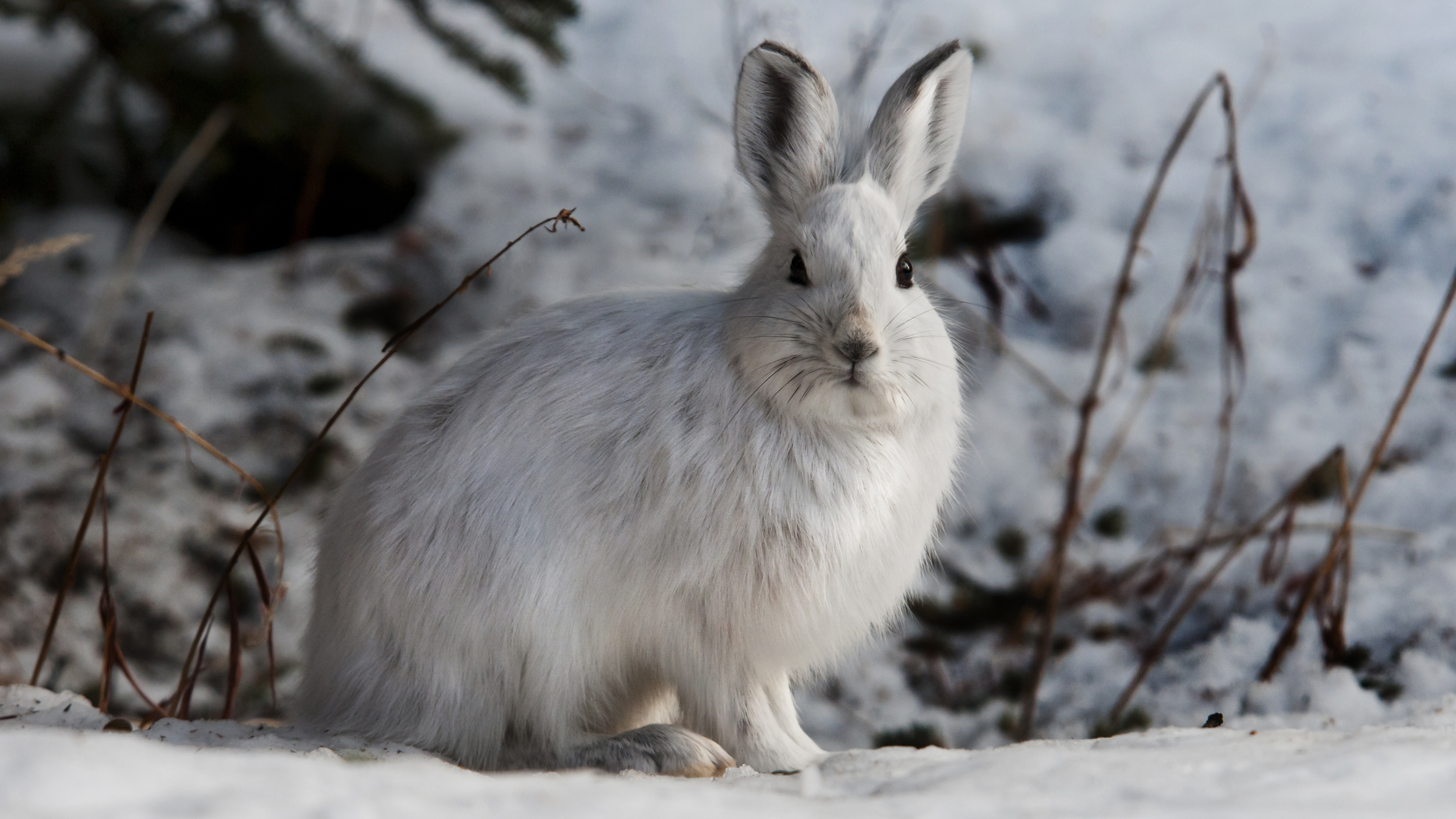
© Tim Rains/NPS in Denali National Park and Preserve on Flickr through a Creative Commons license Every budding nature enthusiast learns that some animals turn white in the winter. But have you ever found one? Spotting white on white can be a challenge, especially since some of them live in deep in the woods.
Long-tailed and short-tailed weasels (often called ermines) are the most widespread of the winter-white critters, but they are notoriously elusive. Snowshoe hares, white-tailed jackrabbits and ptarmigan species are other notable candidates, but you’ll need to strap on a pair of snowshoes and head to the high country.
-
Outfox a Fox.
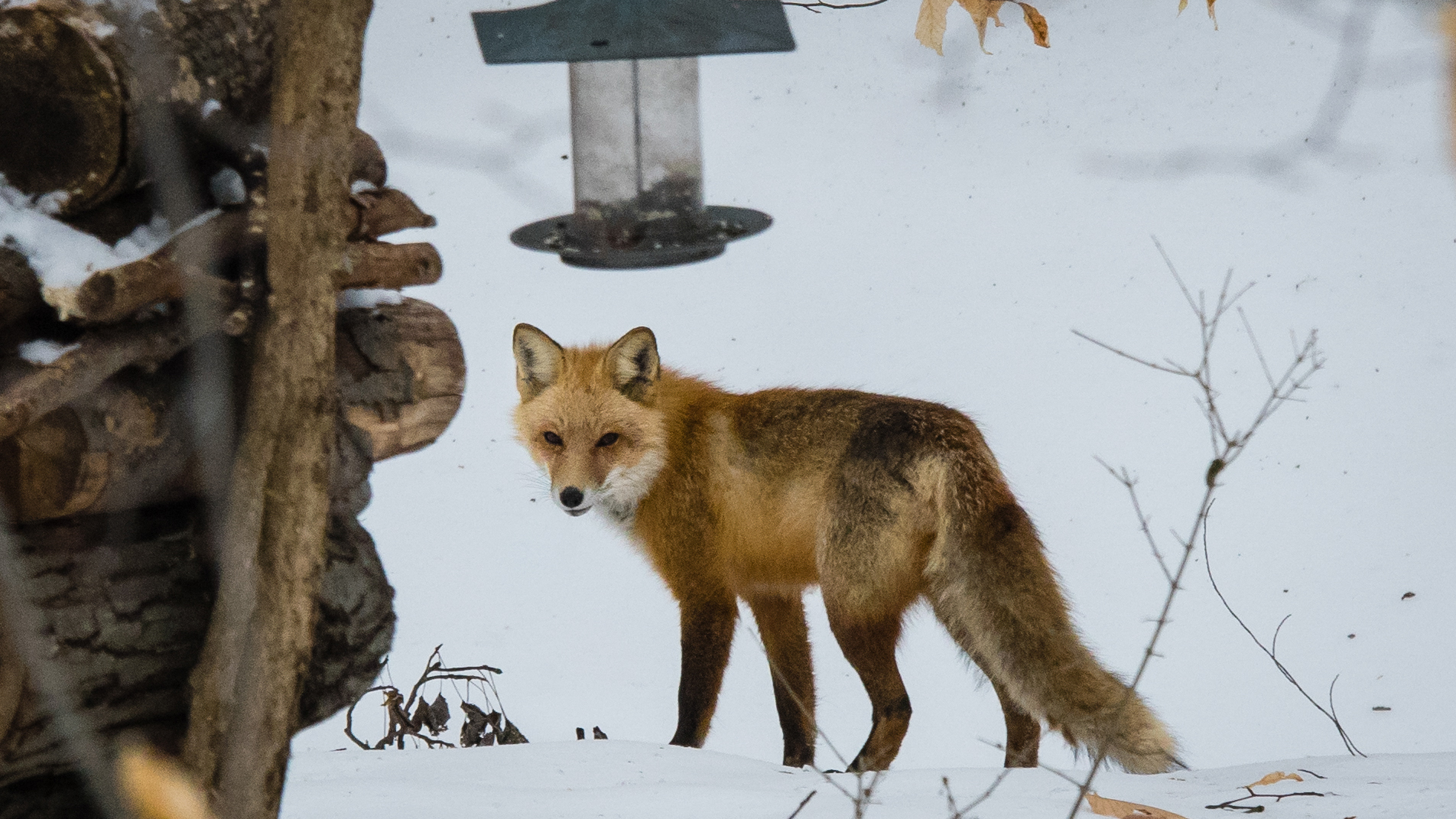
Red fox at the bird feeder. Photo © RickyNJ/Flickr through a Creative Commons license Red foxes are one of the most common urban and rural predators, yet they’re often difficult to spot. With many rodents living comfortably under the snow, though, the fox must be out hunting. That means this is the best time of year to find and photograph the red fox.
And make no mistake: despite their abundance, a winter red fox with a lush, thick pelt makes for one of the most striking wildlife images you’ll take. Creep up on one quietly, and you may find it resting on a warm hillside, fluffy tail draped over its body.
The fox’s tracks are distinctive: a straight row of round pads. But photographing or observing one will take your best fieldcraft: foxes are wary and crafty, as you might expect from a predator that is able to thrive around humanity.
-
Fish a Winter Mayfly Hatch.
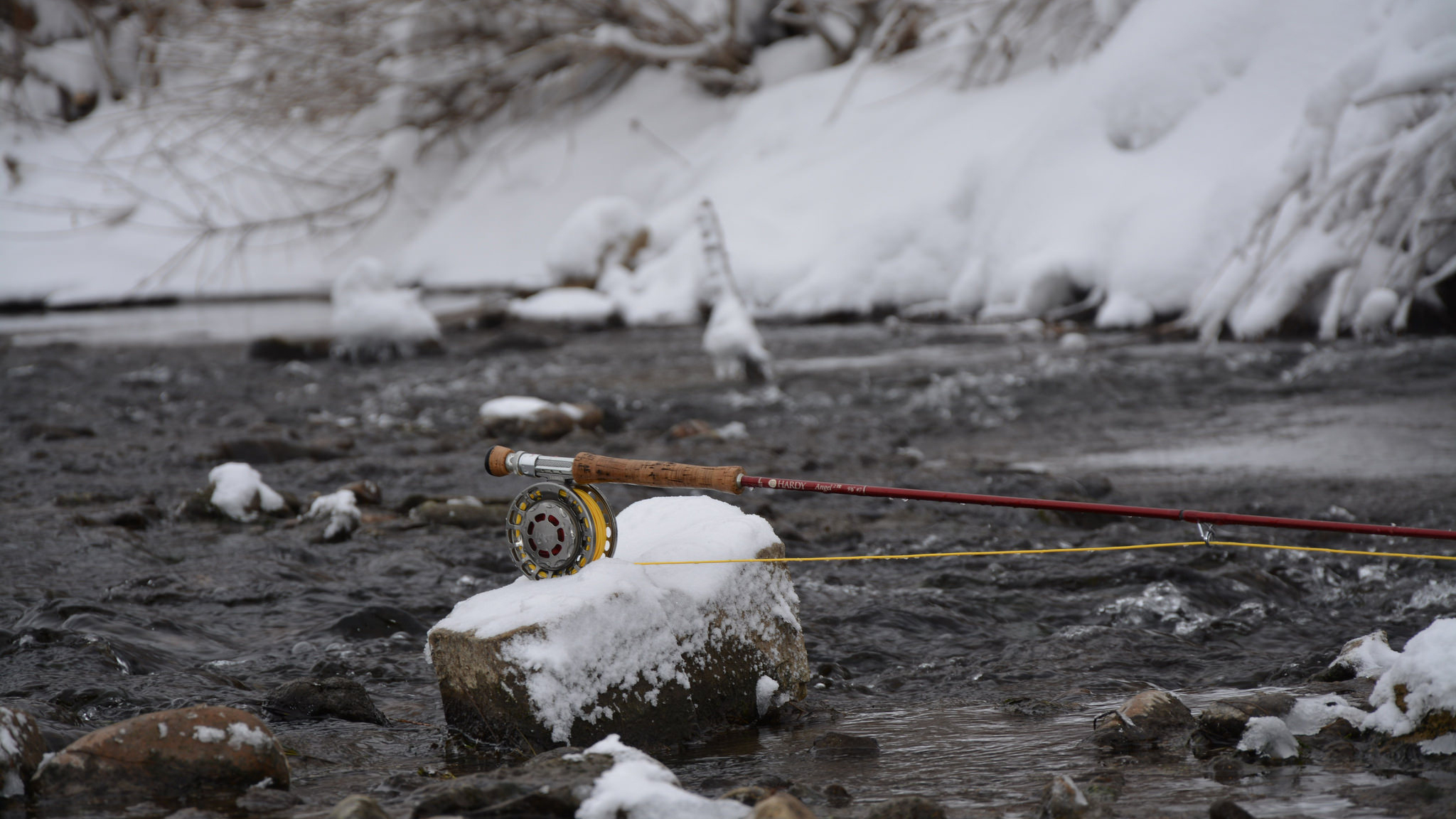
Fishing in winter. Photo © Ivan Arsentev/Flickr through a Creative Commons license Insects in winter? You won’t see a butterfly in the snow, but go to a spring creek and you might find a hatch of mayflies. It can bring the water to life with feeding trout. It’s fun to watch, to be sure. But I’m too much of an angler not to be there with a fly rod in hand.
Yes, your gear will ice up. The rocks are slick. You’ll be cold, damp and miserable. But I have had some of my most memorable days with native trout on a cold, gray winter day, enjoying an icy canyon while others are home watching football.
-
Stop by the Woods on a Snowy Evening.
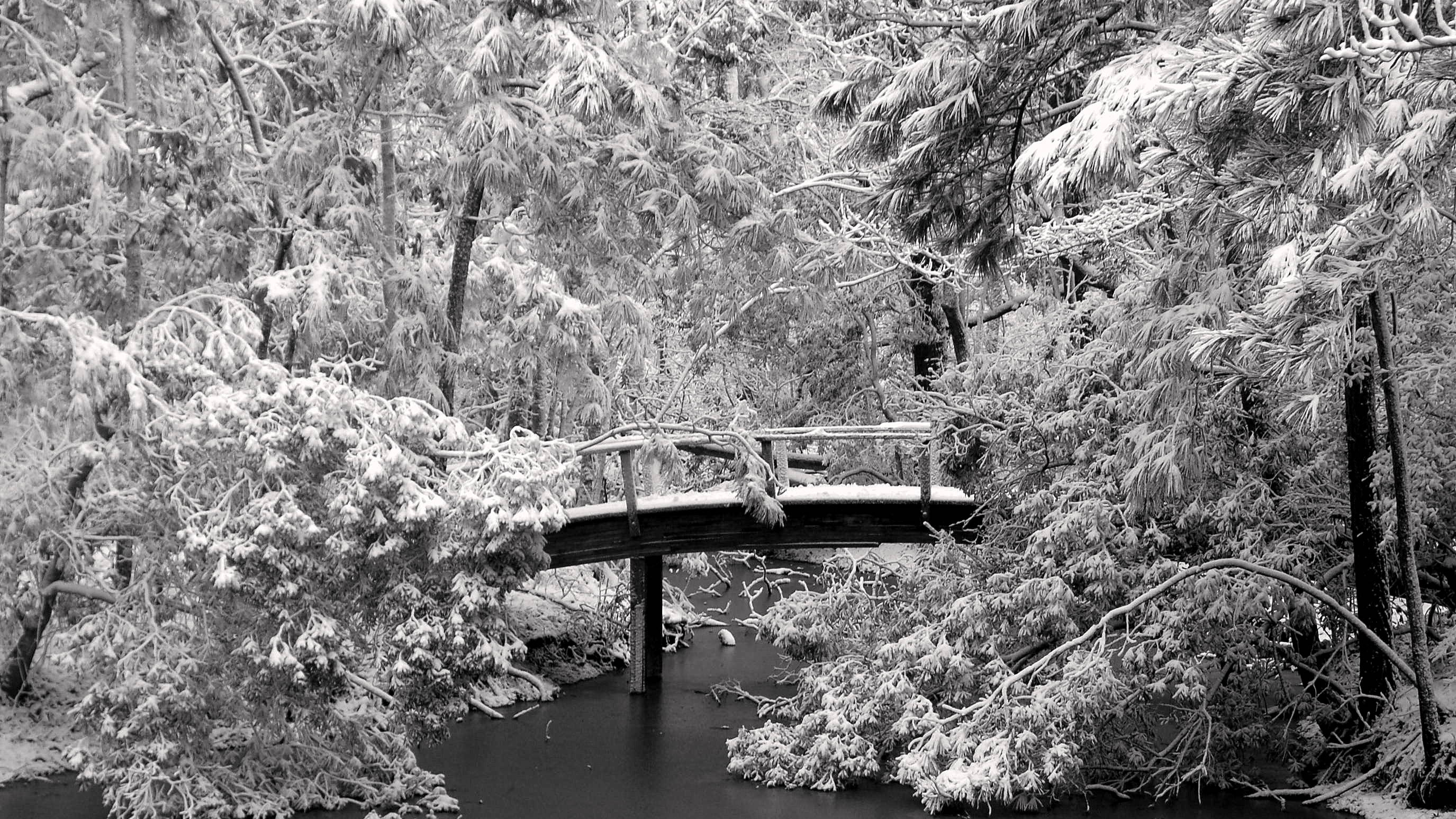
Stopping by woods on a snowy evening. Photo © Bob Muller/Flickr through a Creative Commons license As you’re enjoying your favorite winter activity – whether it’s skiing or snowshoeing or sledding or just going for an evening jog – just stop for a minute and look around. Even in developed areas, at dusk wildlife is on the move.
There’s a muffled quiet to the air as the snow falls. As your eyes adjust to the gloom, you’ll see the natural world going about its business. A herd of whitetails ghosting across the suburban yard. A flock of goldeneyes whistling to open water. A pileated woodpecker rapping on a dead tree. A coyote howling across a farm field.
Tis the season to enjoy all these sights and experiences. What are your favorite winter wildlife activities?
Protect Your Adventure
Join The Nature Conservancy
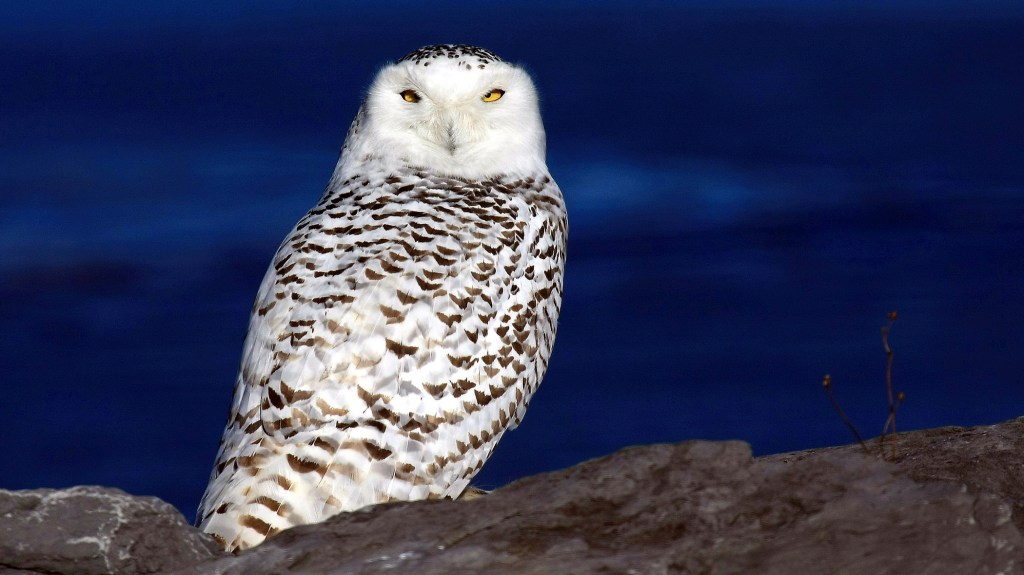



There are plenty of alternatives to downhill skiing and snowboarding that offer gorgeous winter vistas and a great workout. Snowshoe through one of Jackson Hole s many powder-covered trails or take a guided snowshoeing trip through a Grand Teton National Park. Cross country skiing offers a low impact workout and a great way to find peace and tranquility of the winter landscape. Cross country skiers can enjoy groomed Nordic tracks or nature trails through Grand Teton National Park. Guided cross country ski trips and snowshoe adventures are available from Eco Tour Adventures and Hole Hiking Experience . It doesn t get more authentic than this! A musher guide and a team of Alaskan sled dogs will pull you through the wilderness where you ll learn about local wildlife and spot deer, elk, moose, bighorn sheep, and bald eagles. Choose from a half or full-day dog sledding adventure. The full-day tours even stop at Granite Hot Springs for a relaxing soak in the natural spa-like waters.
Going out to an ice covered lake and enjoying the ice music! Booms, groans, creaks,pops…sit on the bank and enjoy a picnic!
Snowy Owl Hikes
Seal Watching
Winter Hikes
Sleigh riding
Hanging out in the woods
Looking at the Snowy Landscapes
Whale Watching
Looking for the beauty in winter and all around me no matter what season it might be.
I am a wildlife film maker. This winter I plan to film ruffed grouse in northern Maine. I know what their natural food is but I want to attract them with “stuff” I can buy and put out near a blind. Do they feed on corn, sunflower seed or any other grain . I appreciate your suggestions.
Thanks, Gerry
I love so many outdoor experiences, but experiences that can be shared with others are so wonderful! It wasn’t a race with a trophy at the end that got me to pick up a set of cross country skis when I was younger, it was skiing with a friend on beautiful trails. With those kinds of experiences, it doesn’t matter if you stop to soak up a beautiful sunset, whether in silence, or friendly laughter.
Beautiful. Nature is beautiful and fascinating. Thank you.
Thank you! These neat ideas will enhance my escapades outdoors which are vital to me 🙂
Wonderful ideas to add to my escapades outdoors, which are VITAL for me!
Beautiful animal sevage Happy New Year to all
Thanks Matt for helping with “Shoot, Share and Conserve” the conservation photographers theme. I will try and get out more 🙂
Thank you for sharing your beautiful images!
Sounds fun! Will try and do this if it snows this year. We have hoot owls, screech owls and barred owls around our house. Occasionally we see a bobcat or two, bears, foxes and coyotes. Thanks.
I love the way you have presented this, Its interesting
Winter rocks. The other grouse snow cave you will find is the Sage Grouse winter bed. More of a hole than a cave but a snow form that keeps them warm on cold winter nights. I forgot about that Northern Hawk owl butt shot … he was a very famous bird.
Actually I love hiking in winter – nothing beats the crunch of frozen ground, crisp fresh air, icy rivers, and the wonderful silence (only broken by the occasional song bird…). And lastly, the lack of crowds – often I have the trails to myself.